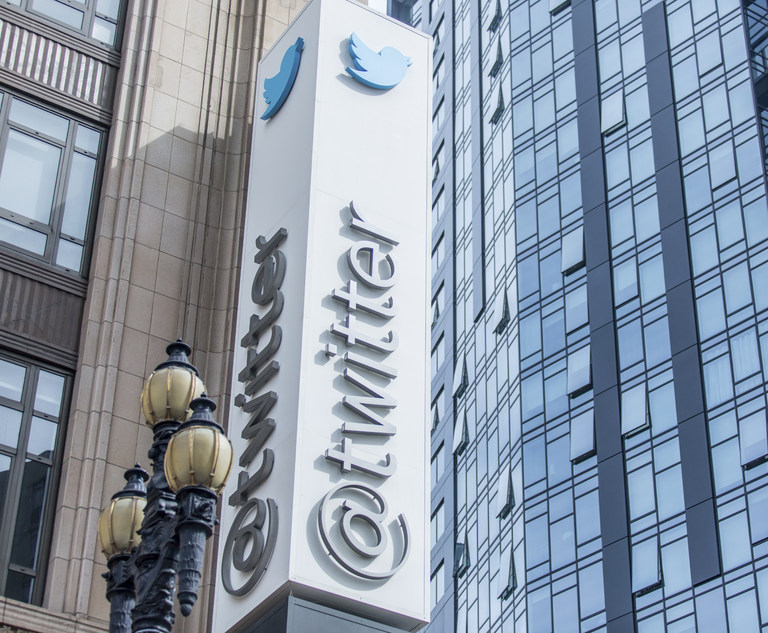Twitter Inc.’s sales jumped 22% in the fourth quarter, signaling that the social network’s digital advertising business has held up even as changes to Apple Inc.’s data-collection rules hurt some larger rivals.
Sales in the holiday quarter rose to $1.57 billion, compared with the $1.58 billion analysts had predicted. Revenue in the current period will be $1.17 billion to $1.27 billion, Twitter said Thursday in a statement, while the average projection was $1.26 billion. The company added 6 million new users in the fourth quarter, bringing average daily active users to 217 million. That’s up 13% from a year earlier, and was in line with estimates.
The lackluster revenue forecast is due in part to Twitter’s recent sale of ad platform MoPub, Chief Financial Officer Ned Segal said. MoPub brought in $281 million in revenue last year, including $51 million during the first quarter. Twitter sold MoPub to AppLovin Corp. for $1.05 billion in cash in a deal that closed on Jan. 1. Employees who were working on MoPub have started developing other advertising products, Segal said.
“We think we can make up some of that in 2022,” he said, referring to the revenue hit. “But we should be able to make up all of it in 2023.” Twitter said it expects full-year revenue growth in the low- to mid-20% range in 2022 excluding MoPub sales. Wall Street analysts on average estimate Twitter’s revenue will increase by 20% in 2022.
Shares of Twitter gained about 5.3% in early trading following the report. The stock has declined 12% so far this year. The company’s board also approved a $4 billion share repurchase authorization, $2 billion of which will be an “accelerated share repurchase,” according to a letter to shareholders.
The social network also said that recent Apple Inc. privacy rule changes, which now require companies like Twitter to explicitly ask for permission before collecting data from users on Apple devices, will have a “modest” impact on Twitter’s business moving forward. Twitter, Meta Platforms Inc.’s Facebook and other online platforms use information collected from mobile devices such as iPhones to target users with advertising.
Unlike social media competitors Meta and Snap Inc., Twitter makes most of its money from brand advertising, which requires less targeting data than other types of online ads, known as direct response ads, that aim for a specific outcome, like the installation of an app. Meta, which also owns Instagram, estimated last week that the privacy changes will cost the company $10 billion in advertising revenue this year.
While Twitter’s focus on brand advertising may be helping to avoid a major disruption, the company is also trying to build more demand for direct response ads, which can be more lucrative. Eventually, the company hopes that 50% of its advertising revenue will come from those kinds of highly targeted ads. Today, just 15% of Twitter ads are considered direct response.
San Francisco-based Twitter is entering a new chapter, following the unexpected resignation of co-founder Jack Dorsey as chief executive officer in November and the naming of former Chief Technology Officer Parag Agrawal to take the top job. Pressure is on Twitter to move faster in building new products, and the company set ambitious revenue and user growth goals at an analyst day last year to convince skeptical investors that it was serious about expanding its business. While Twitter has grown steadily for years, its stock gains have lagged behind industry peers.
Kurt Wagner reports for Bloomberg News.
NOT FOR REPRINT
© 2024 ALM Global, LLC, All Rights Reserved. Request academic re-use from www.copyright.com. All other uses, submit a request to [email protected]. For more information visit Asset & Logo Licensing.


 Twitter headquarters. Photo: Jason Doiy/ALM
Twitter headquarters. Photo: Jason Doiy/ALM




